The Fruits Cardiologists Beg You to Stop Eating if You Have High Blood Pressure
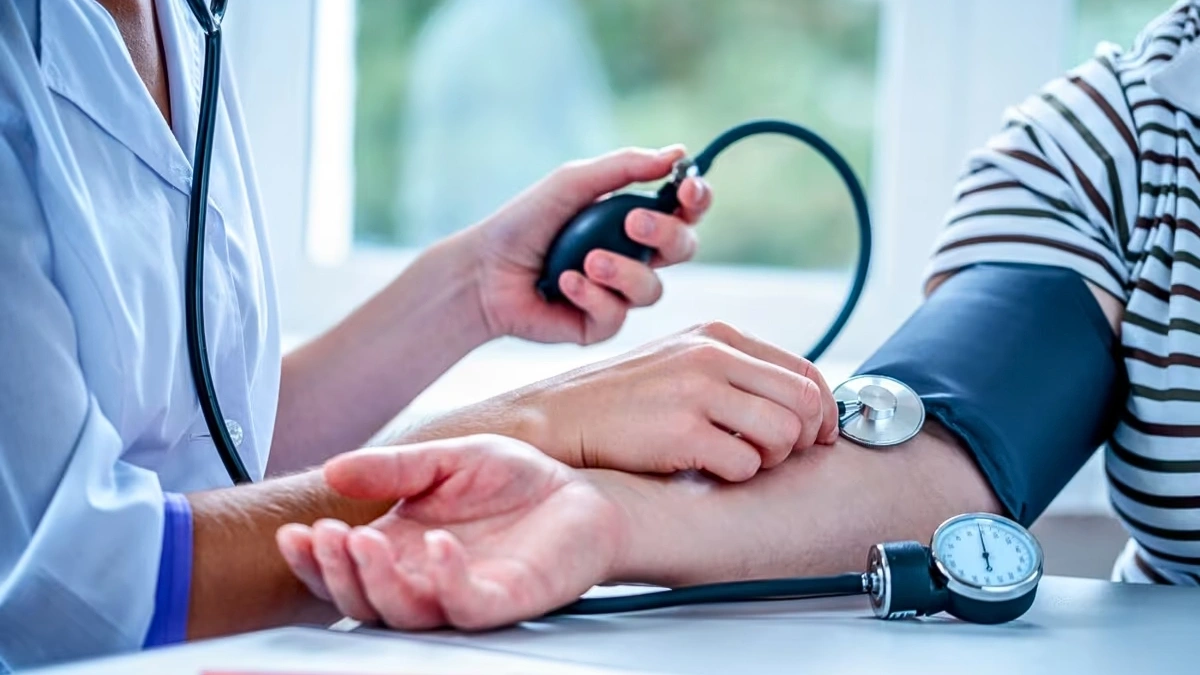
High blood pressure affects nearly half of American adults, and many believe switching to more fruits automatically improves their cardiovascular health. However, cardiologists are increasingly concerned about specific fruits and fruit products that can actually worsen hypertension or interfere with medications.
While fresh fruits generally provide heart-healthy benefits, certain varieties and preparations pose serious risks that most patients never consider. The problem isn’t fruit itself, but rather how processing, preservatives, and portion sizes transform healthy options into cardiovascular hazards.
Many seemingly innocent fruit choices can spike blood pressure readings within hours of consumption. From medication-blocking compounds in citrus to hidden sodium in pickled varieties, these 12 fruits require careful attention from anyone managing hypertension.
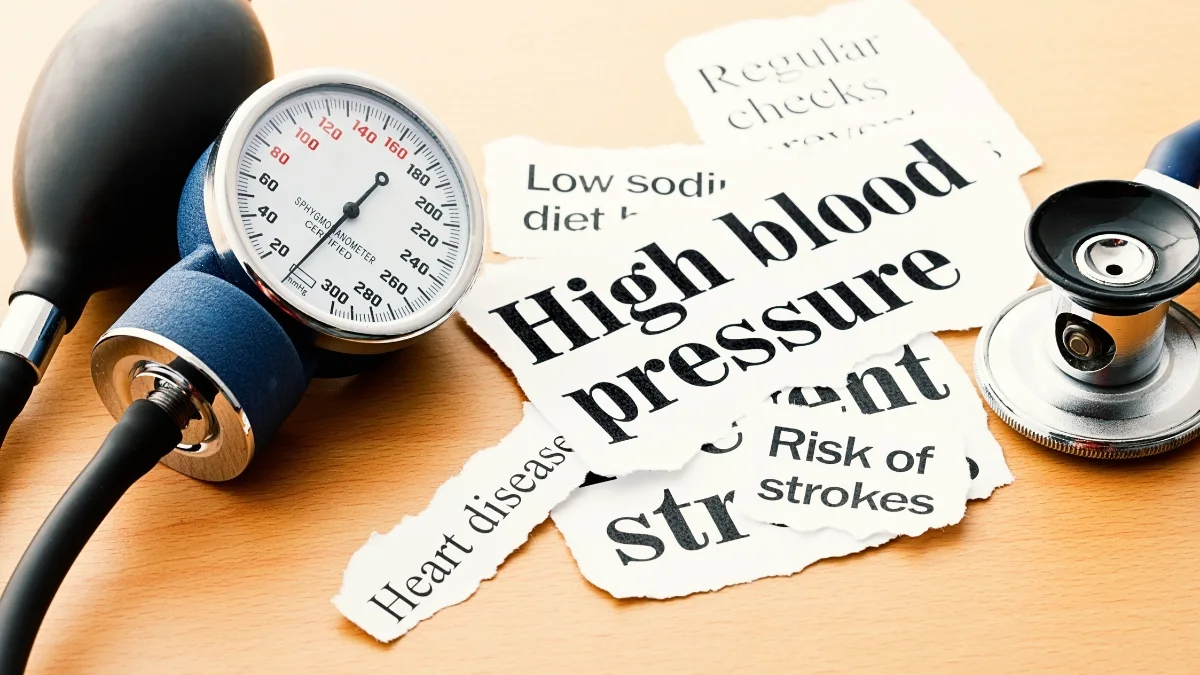
Understanding which fruits to avoid and why can mean the difference between controlled blood pressure and dangerous spikes that stress your cardiovascular system.
1. Grapefruit: The Medication Interference Champion
Cardiologists warn patients about this citrus fruit because it contains compounds called furanocoumarins. These natural chemicals block enzymes in your intestines that normally break down blood pressure medications.
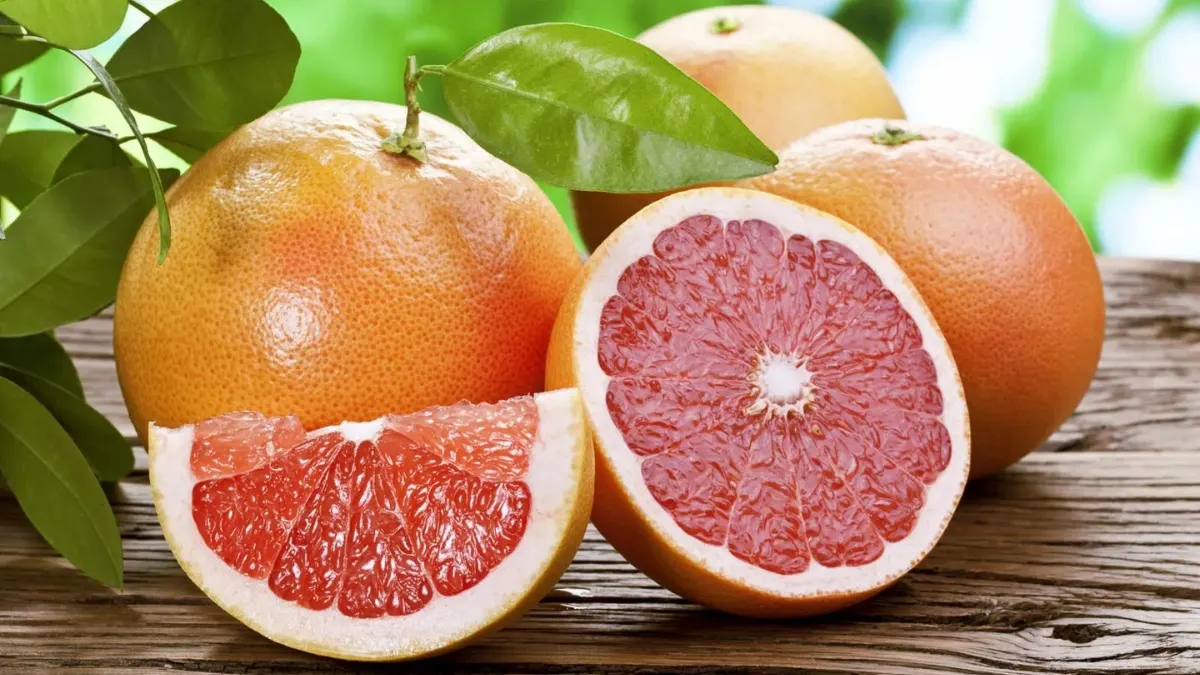
When you eat grapefruit while taking ACE inhibitors, calcium channel blockers, or beta-blockers, your medication levels can spike dangerously high in your bloodstream. This interaction can cause your blood pressure to drop too low, leading to dizziness, fainting, or worse complications.
Even small amounts of grapefruit juice can interfere with your medications for up to 24 hours after consumption. Many patients don’t realize that grapefruit supplements and certain other citrus fruits like Seville oranges carry the same risks.
The interaction is so serious that some cardiologists tell patients to avoid grapefruit entirely rather than risk medication complications.
Safety Tips:
- Always check with your cardiologist before eating any citrus fruit while on blood pressure medications
- Read medication labels carefully as they often include grapefruit warnings
- Wait at least 4 hours between taking medications and consuming any citrus products
2. Coconut: The Hidden Saturated Fat Bomb
Fresh coconut meat packs an enormous amount of saturated fat that many health-conscious people overlook. A single cup of shredded coconut contains about 24 grams of saturated fat, which exceeds the entire daily recommended limit for heart patients.
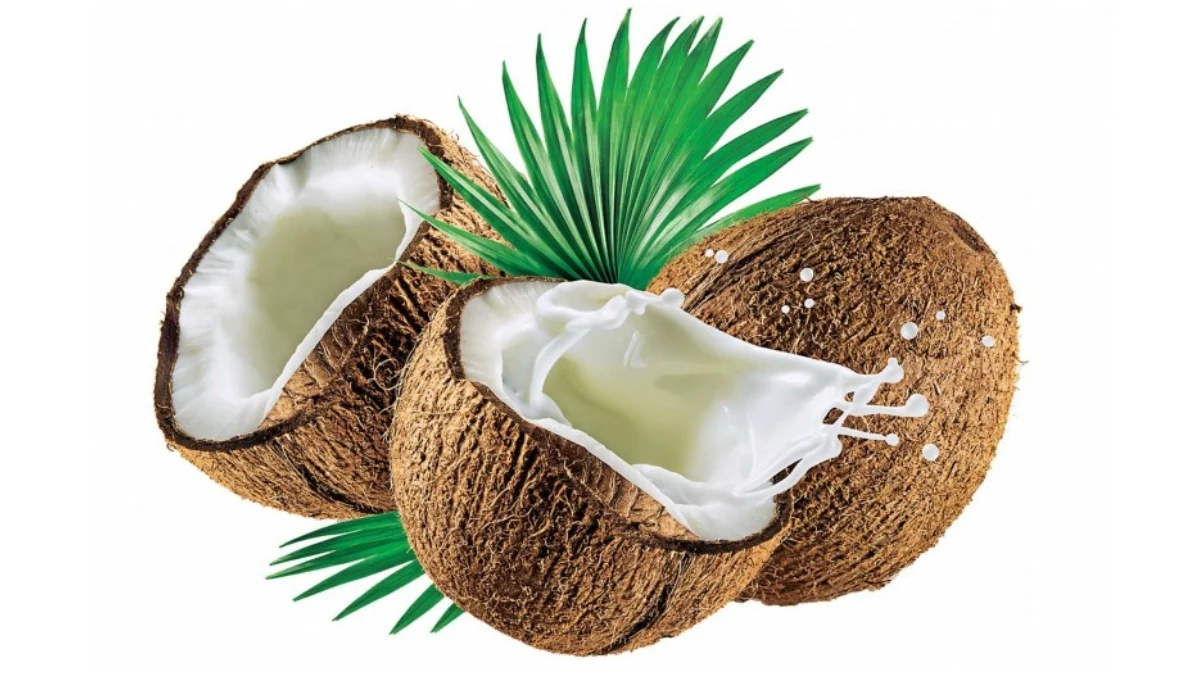
Saturated fats raise LDL cholesterol levels, which directly contributes to arterial plaque buildup and increased blood pressure. Coconut oil enthusiasts often promote its health benefits, but cardiologists see the cardiovascular damage in their patients.
Regular coconut consumption can counteract the positive effects of blood pressure medications and heart-healthy diets. The tropical fruit’s creamy texture and sweet taste make it easy to overconsume.
Even coconut water, while lower in saturated fat, contains significant amounts of natural sugars that can affect blood pressure control. Many processed foods hide coconut ingredients, making it challenging to avoid completely.
Heart-Healthy Alternatives:
- Choose unsweetened almond milk or oat milk instead of coconut milk
- Use small amounts of olive oil or avocado oil for cooking rather than coconut oil
- Flavor dishes with herbs and spices instead of coconut flakes
3. Dried Fruits: Concentrated Sugar and Sodium Traps
The dehydration process removes water but leaves behind concentrated natural sugars and often adds concerning preservatives. A small handful of dried apricots contains the same sugar content as several fresh apricots, but without the water that helps you feel full.
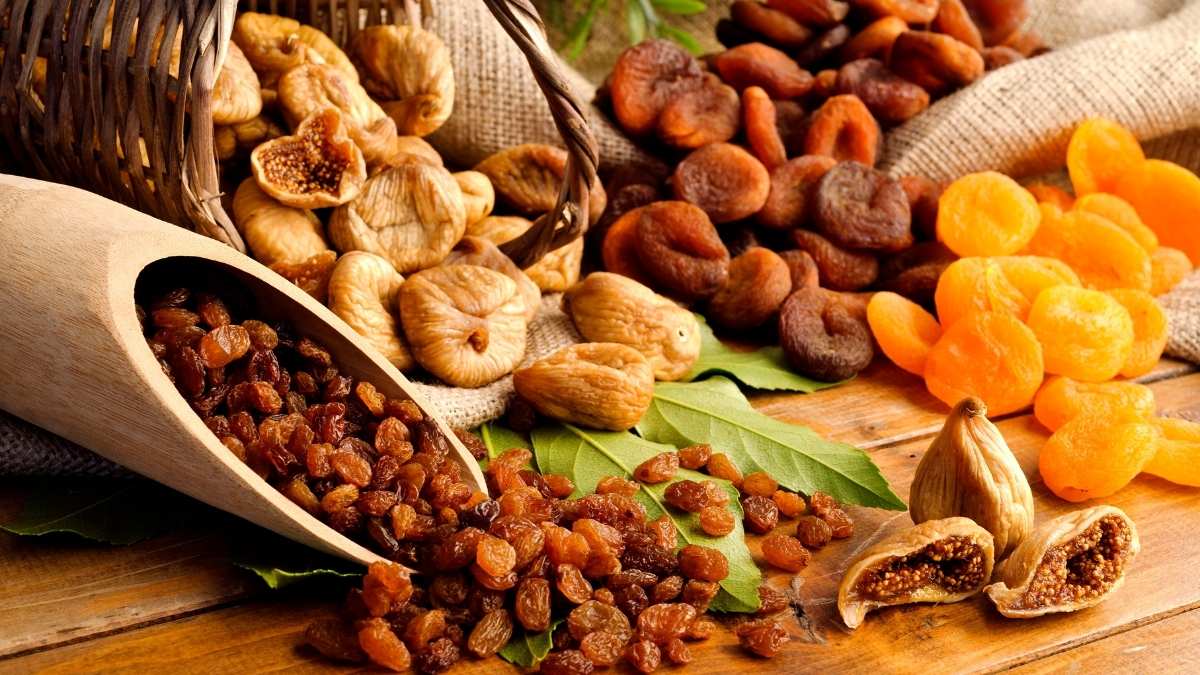
Many commercial dried fruits are treated with sulfur dioxide and sodium-based preservatives that can spike blood pressure readings. Manufacturers often add extra sugar during processing to enhance flavor and extend shelf life.
The concentrated sugars in dried fruits can cause rapid blood glucose spikes, which trigger inflammatory responses that worsen hypertension. Portion control becomes nearly impossible because dried fruits don’t trigger the same satiety signals as fresh ones.
Raisins, dates, and dried cranberries are particularly problematic due to their high sugar density. Some brands add salt to dried fruits to enhance taste, creating a double threat for blood pressure management.
Smart Swapping Strategies:
- Choose fresh fruits over dried versions whenever possible
- If buying dried fruits, select unsweetened varieties without added sulfites
- Limit portions to one tablespoon and pair with protein to slow sugar absorption
4. Canned Fruits in Heavy Syrup: The Double Threat
Food manufacturers pack canned fruits in heavy syrup that contains up to 19 grams of added sugar per serving. This processing method transforms naturally healthy fruits into blood pressure hazards through excessive sugar and sodium content.
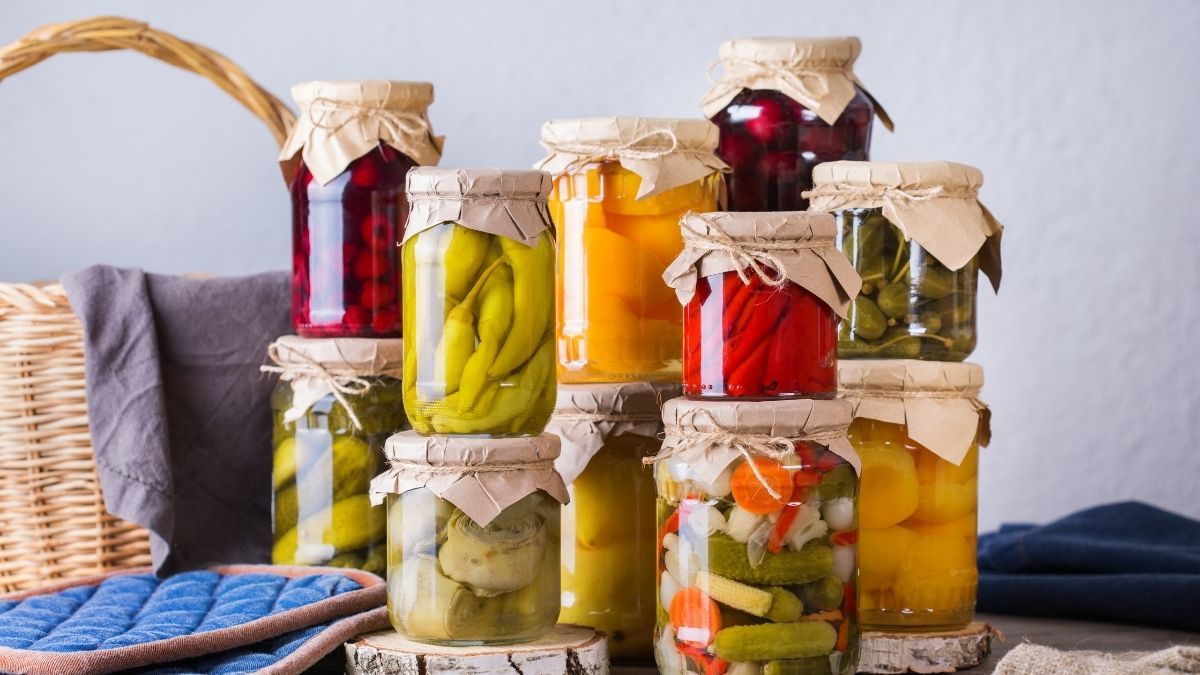
The syrup coating prevents your body from recognizing fullness signals, leading to overconsumption and blood sugar spikes. Canned peaches, pears, and fruit cocktails are the worst offenders in grocery store aisles.
The combination of added sugars and sodium-based preservatives creates a perfect storm for elevated blood pressure readings. Many people assume canned fruits are healthy alternatives to fresh options, but the processing negates most nutritional benefits.
The syrup also strips away much of the natural fiber that helps regulate blood sugar and supports cardiovascular health. Even fruits canned in “light syrup” contain concerning amounts of added sugars that can interfere with blood pressure medications.
Better Canned Options:
- Select fruits canned in water or natural juice with no added sugars
- Rinse canned fruits thoroughly before eating to remove excess syrup
- Check labels for sodium content and choose brands with less than 140mg per serving
5. Pickled Fruits: The Sodium Overload Surprise
Pickled mangoes, watermelon rinds, and other preserved fruits contain shocking amounts of sodium that most people never consider. The pickling process requires large quantities of salt to preserve the fruit and create the characteristic tangy flavor.
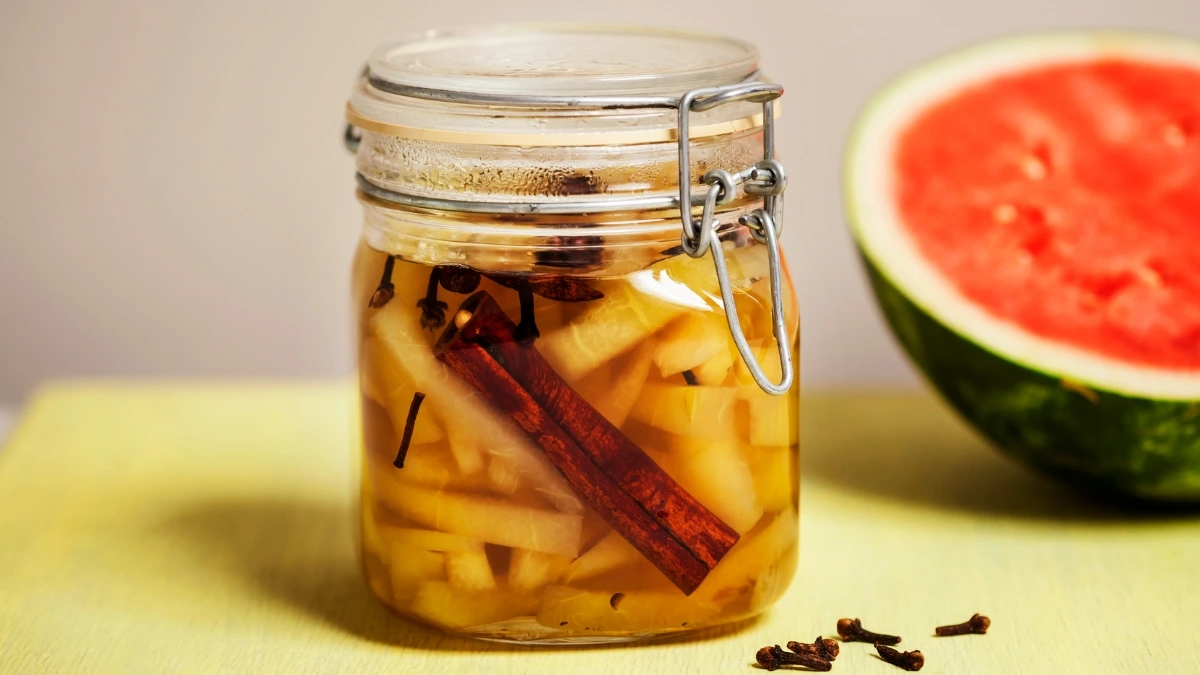
A single serving of pickled mango can contain over 400mg of sodium, which is nearly one-third of the daily limit for people with high blood pressure. These traditional foods are popular in many cultures but pose serious risks for cardiovascular health.
The high sodium content causes immediate water retention and can spike blood pressure within hours of consumption. Asian grocery stores and specialty markets often carry various pickled fruits that seem healthy but are loaded with salt.
The fermentation process can also produce additional sodium compounds that aren’t always listed on ingredient labels. Many people eat pickled fruits as snacks without realizing they’re consuming dangerous amounts of sodium.
Low-Sodium Alternatives:
- Make your own pickled fruits using vinegar and herbs instead of salt
- Choose fresh fruits with lemon juice and herbs for tangy flavor
- Limit pickled fruit consumption to special occasions only
6. Fruit Juices: Liquid Sugar Without the Fiber Benefits
Orange juice, apple juice, and other fruit beverages deliver massive sugar doses directly to your bloodstream without the fiber that whole fruits provide. A single 12-ounce glass of orange juice contains the sugar equivalent of 3-4 whole oranges but none of the fiber that slows sugar absorption.
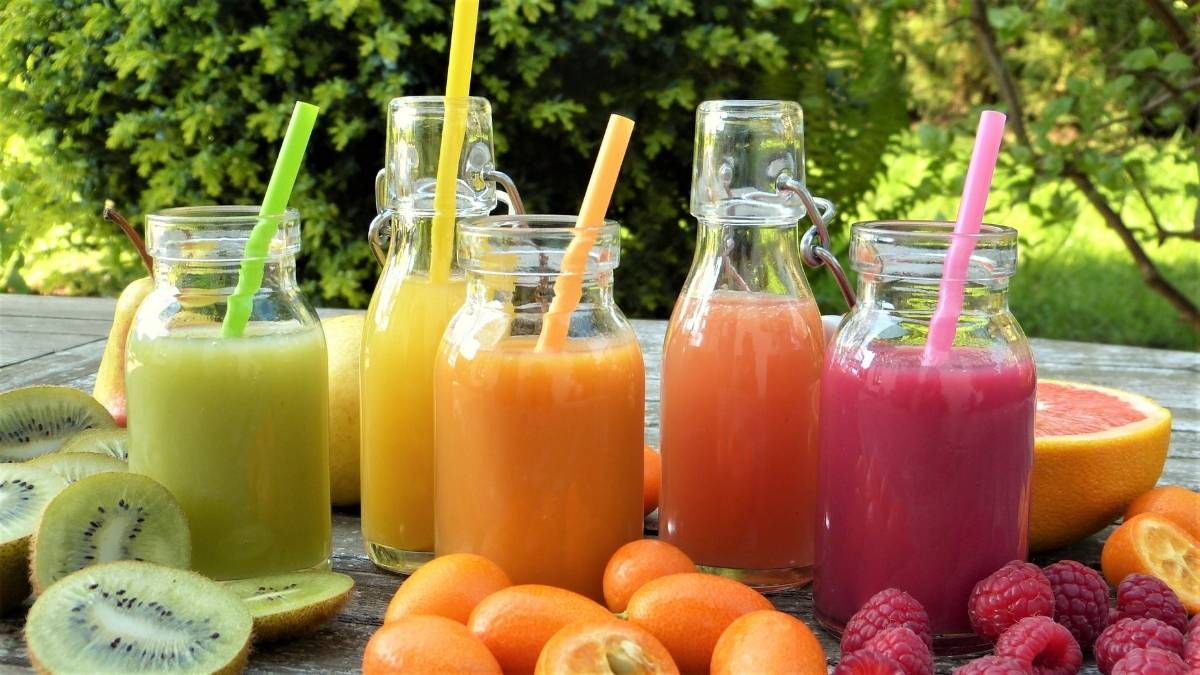
This rapid sugar influx causes immediate blood glucose spikes that trigger inflammatory responses throughout your cardiovascular system. The lack of fiber means your body processes fruit juice sugar similarly to candy or soda, leading to insulin resistance and elevated blood pressure.
Even 100% pure fruit juices without added sugars pose risks because of their concentrated nature. The liquid form bypasses your body’s natural satiety mechanisms, making it easy to consume excessive amounts.
Many commercial juices also contain added vitamin C from sodium ascorbate, which increases the overall sodium content. Cardiologists often see patients whose blood pressure improves significantly when they switch from fruit juices to whole fruits.
Whole Fruit Benefits:
- Eat one whole fruit instead of drinking juice to get fiber and feel satisfied longer
- Dilute small amounts of juice with sparkling water if you crave the taste
- Choose fruits with high water content like watermelon or berries for natural hydration
7. Maraschino Cherries: The Artificial Preservative Problem
Bright red maraschino cherries contain a dangerous cocktail of artificial dyes, preservatives, and concentrated sugars that wreak havoc on blood pressure. These processed cherries are bleached, then soaked in Red Dye #40 and other artificial colors that can trigger inflammatory responses in sensitive individuals.
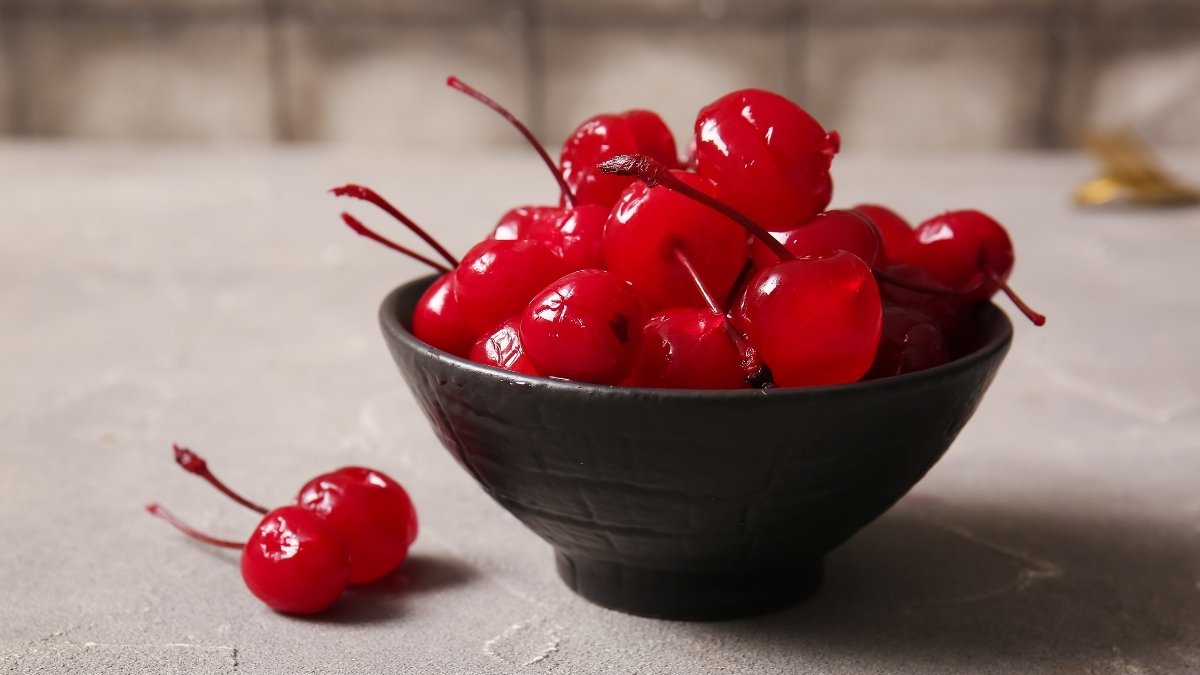
The manufacturing process removes all natural nutrients while adding sodium benzoate, potassium sorbate, and sulfur dioxide as preservatives. Each tiny cherry packs about 2 grams of added sugar, and most people consume several at once without thinking.
The combination of artificial ingredients and high sugar content can cause immediate blood pressure spikes and interfere with heart medications. Cocktail garnishes and ice cream toppings seem harmless, but regular consumption adds up quickly.
Many restaurants use these cherries in drinks and desserts, making them hard to avoid completely. The artificial sweeteners and dyes can also disrupt gut bacteria, which plays a role in blood pressure regulation.
Chemical-Free Alternatives:
- Use fresh cherries or frozen unsweetened cherries for natural sweetness
- Try fresh cranberries or pomegranate seeds as colorful garnishes
- Make your own preserved cherries using natural fruit juice instead of artificial syrups
8. Candied/Glazed Fruits: Sugar-Coated Cardiovascular Risk
Sugar-coating transforms naturally healthy fruits into cardiovascular hazards through multiple layers of refined sugars and corn syrups. Candied pineapple, glazed apricots, and sugar-coated ginger contain up to 80% sugar by weight, making them more like candy than fruit.
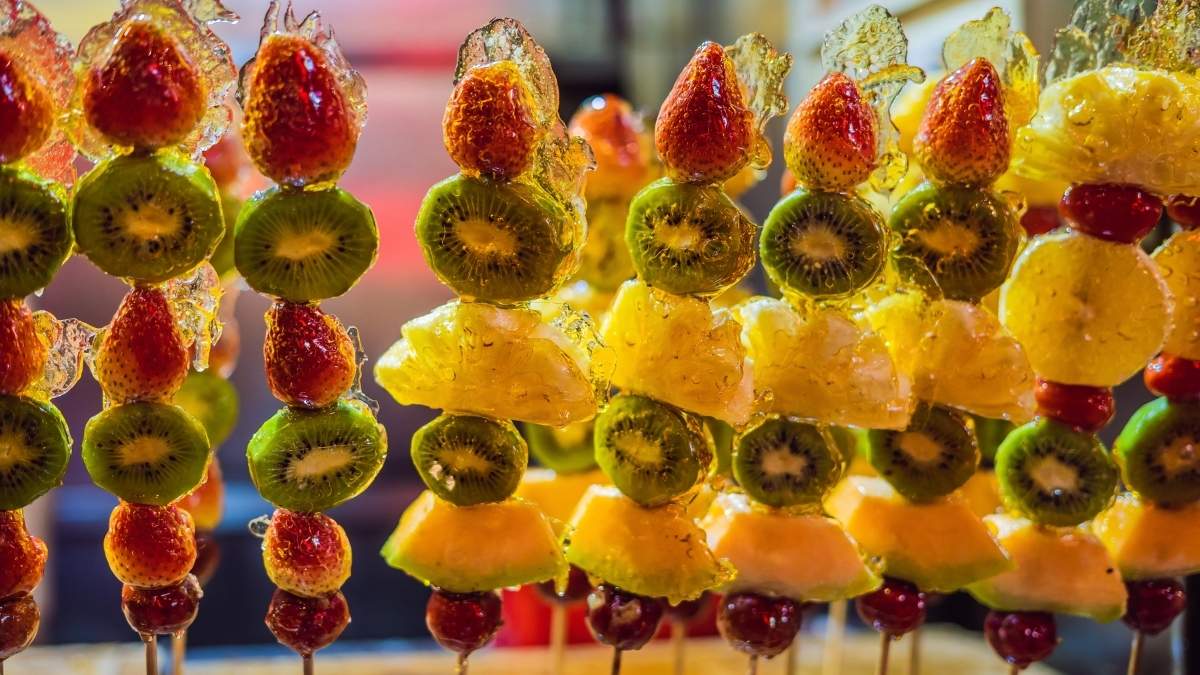
The crystallization process requires repeated sugar treatments that strip away fiber, vitamins, and minerals while adding empty calories. Restaurant desserts and holiday treats often feature these sugar-laden fruits as “healthy” options.
Each piece can contain 15-20 grams of added sugar, causing rapid blood glucose spikes that stress the cardiovascular system. The sticky coating also promotes tooth decay and feeds harmful gut bacteria that contribute to inflammation.
Many people rationalize eating candied fruits because they started as healthy produce, but processing eliminates nutritional value. The high sugar concentration can interfere with blood pressure medications and trigger cravings for more sweet foods.
Natural Sweetness Solutions:
- Satisfy sweet cravings with fresh dates or naturally sweet fruits like grapes
- Sprinkle cinnamon on fresh fruit for enhanced flavor without added sugars
- Choose dark chocolate with 70% cocoa content if you need an occasional sweet treat
9. Overripe Bananas: The Potassium Paradox
Brown-spotted bananas contain significantly higher sugar levels that can counteract their beneficial potassium content for blood pressure management. As bananas ripen, starches convert to simple sugars, with overripe bananas containing up to 25% sugar compared to 12% in firm yellow ones.
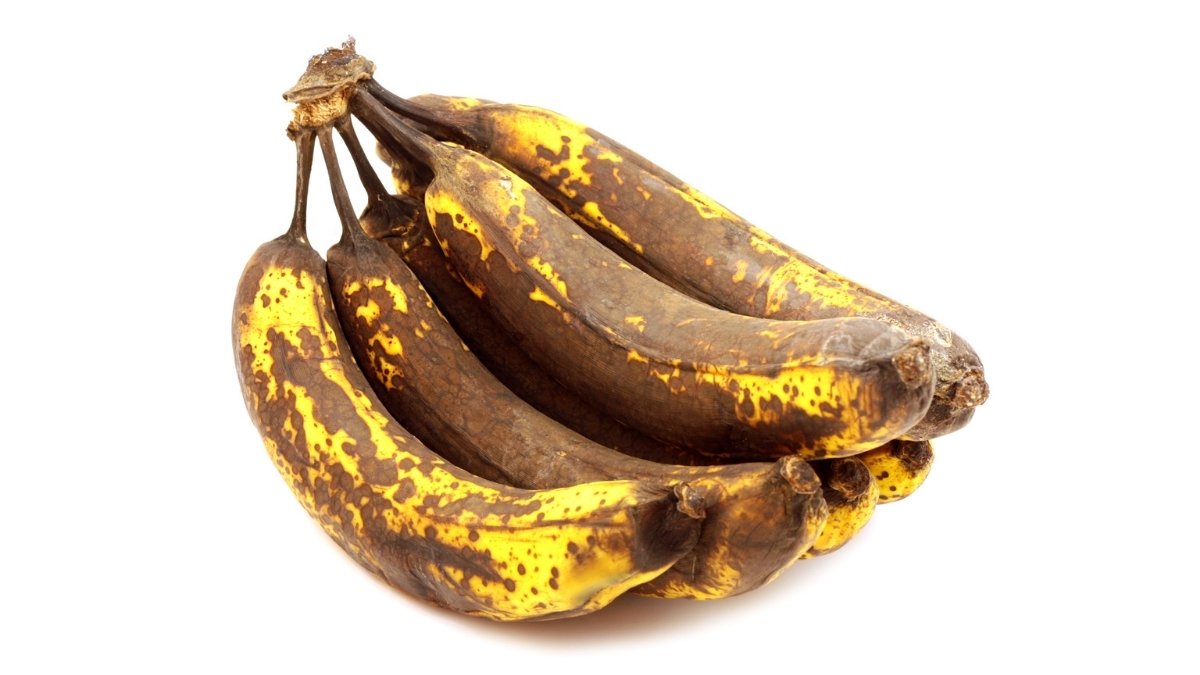
The potassium remains constant, but the sugar surge can cause blood glucose spikes that trigger inflammatory responses. Many people choose overripe bananas because they taste sweeter, not realizing the cardiovascular consequences.
The high sugar content can cause insulin resistance over time, which directly contributes to elevated blood pressure readings. Smoothies and banana bread typically use very ripe bananas, concentrating the sugar problem even further.
The soft texture makes overripe bananas easy to overconsume, leading to excessive sugar intake. While potassium helps lower blood pressure, the sugar content in overripe bananas can negate these benefits for people with hypertension.
Banana Best Practices:
- Choose firm yellow bananas with minimal brown spots for lower sugar content
- Eat only half a banana at a time to control portion size and sugar intake
- Pair banana slices with protein like nuts to slow sugar absorption
10. Fruit Cocktails in Syrup: The Multi-Fruit Mistake
Commercial fruit cocktails combine multiple fruits in heavy corn syrup, creating a sugar bomb that overwhelms your cardiovascular system. A single cup serving contains over 60 grams of sugar, which exceeds the entire daily sugar limit recommended by the American Heart Association.
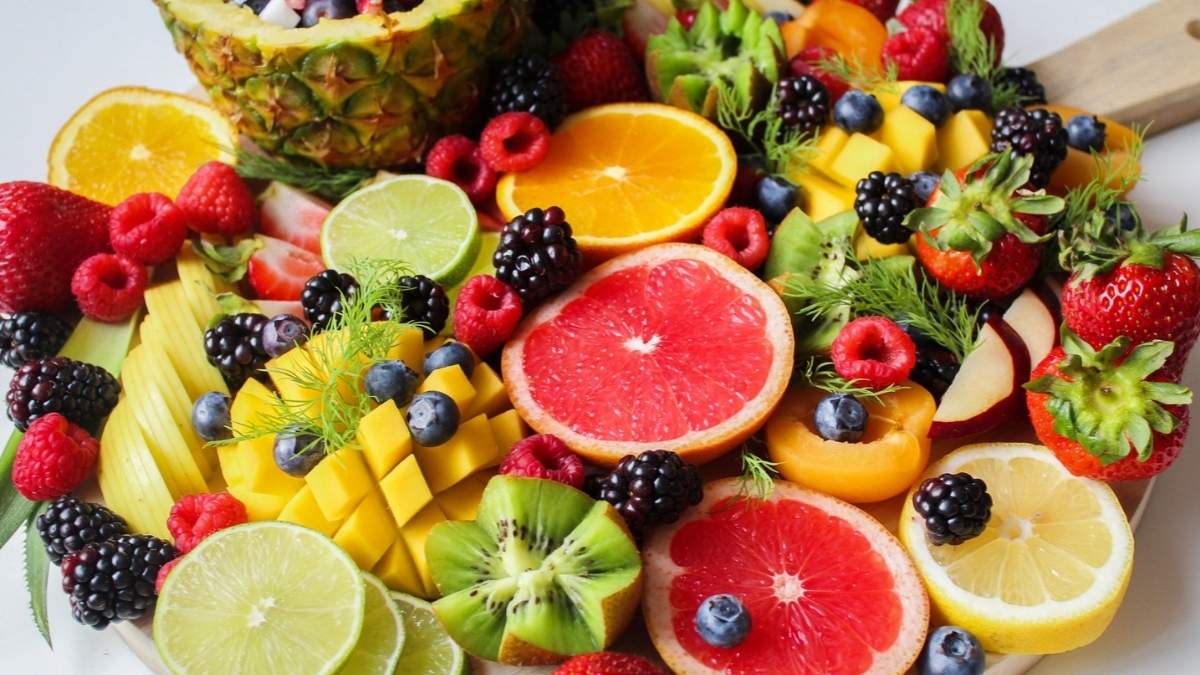
These convenient canned mixtures typically include the cheapest fruits like pears and grapes, maximizing sugar while minimizing nutritional value. The syrup coating prevents natural fruit enzymes from working properly and eliminates most fiber benefits.
The combination of different fruit sugars plus added corn syrup creates sustained blood glucose elevation that can last for hours. Many people serve fruit cocktail as a healthy side dish, not understanding its impact on blood pressure.
The processing destroys vitamin C and other antioxidants that provide cardiovascular benefits in fresh fruits. Schools and institutions often serve these products as nutritious options, but they’re essentially sugar delivery systems.
Healthy Fruit Mixing:
- Create your own fresh fruit salad using seasonal produce without added sweeteners
- Mix tart fruits like berries with naturally sweet ones to balance flavors
- Add fresh mint or lime juice for enhanced taste without sugar
11. Frozen Fruits with Added Sugars: The Healthy Food Impostor
Manufacturers add surprising amounts of sugar to frozen fruits, transforming healthy options into blood pressure hazards disguised as nutritious choices. Frozen strawberries, peaches, and mixed berries often contain 12-15 grams of added sugar per serving, even though the label emphasizes the fruit content.
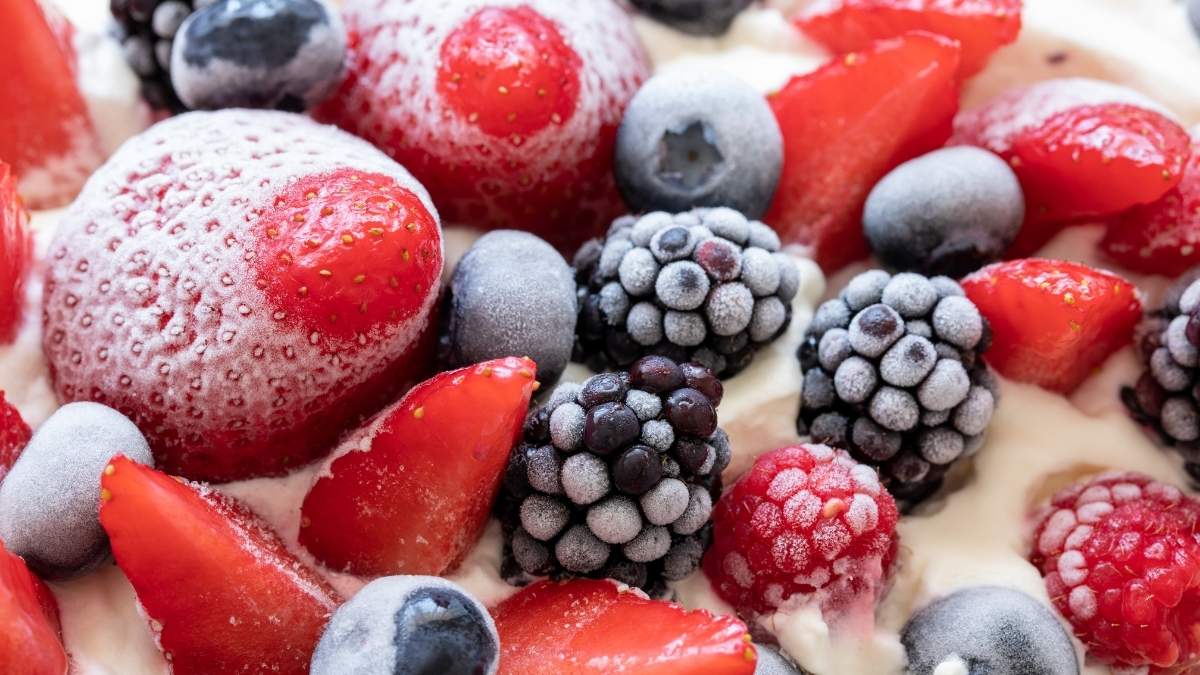
The sugar coating helps preserve color and texture during freezing but creates the same cardiovascular risks as candy. Many people choose frozen fruits thinking they’re making healthy smoothie ingredients without reading labels carefully.
The added sugars cause rapid blood glucose spikes that trigger insulin responses and inflammatory cascades throughout the cardiovascular system. Plain frozen fruits without additives retain most of their nutritional value and provide excellent blood pressure benefits.
The key lies in reading ingredient lists carefully, as marketing often emphasizes health benefits while hiding sugar content. Even organic frozen fruits can contain added sweeteners, so label reading remains essential.
Freezer Section Navigation:
- Choose frozen fruits with only one ingredient listed on the label
- Check for hidden sugars like cane juice, fruit juice concentrate, or corn syrup
- Buy fresh fruits in season and freeze them yourself to control what goes in
12. Large Portion Fruits: When Healthy Becomes Harmful
Even naturally healthy fruits become problematic when consumed in excessive quantities due to their natural sugar content and caloric density. Eating three large apples or two whole mangoes in one sitting delivers 60-80 grams of natural sugar, causing blood glucose spikes similar to drinking soda.
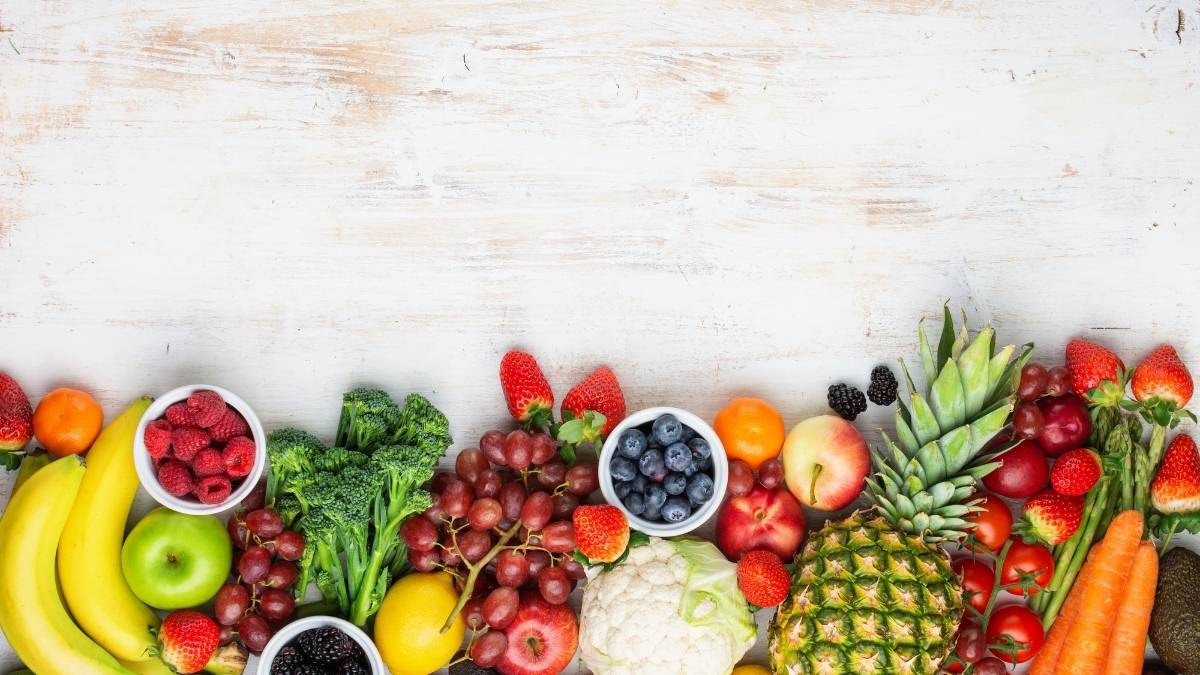
The fiber in whole fruits helps slow sugar absorption, but large portions overwhelm this protective mechanism. Many people following healthy diets mistakenly believe fruit portions don’t matter because they’re natural foods.
Excessive fruit consumption can lead to insulin resistance over time, which directly contributes to elevated blood pressure and cardiovascular disease. Restaurant fruit plates and smoothie bowls often contain 3-4 servings worth of fruit, making portion control difficult.
The natural fructose in large fruit portions can also contribute to fatty liver development, which affects blood pressure regulation. Weight gain from excessive fruit calories puts additional strain on the cardiovascular system.
Portion Control Guidelines:
- Limit fruit servings to 2-3 per day, with each serving being one medium piece or half cup
- Use smaller plates and bowls to naturally control portion sizes
- Focus on lower sugar fruits like berries and citrus rather than tropical fruits
Final Thoughts:
Managing high blood pressure doesn’t mean eliminating all fruits from your diet, but it does require careful attention to which fruits you choose and how they’re prepared. The biggest culprits are processed, preserved, and oversized portions that transform naturally healthy foods into cardiovascular hazards.

Fresh, whole fruits in moderate portions remain excellent choices for heart health, providing essential nutrients, fiber, and antioxidants that support blood pressure management. Reading labels becomes crucial when shopping, as manufacturers often hide sugars, sodium, and artificial additives in products marketed as healthy options.
Simple swaps like choosing fresh over canned, limiting portions, and avoiding fruit juices can make dramatic differences in your blood pressure readings. Work closely with your cardiologist to understand how different fruits interact with your medications and overall treatment plan.






